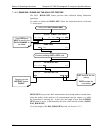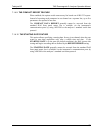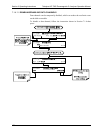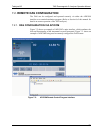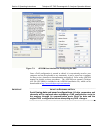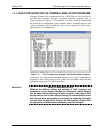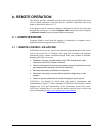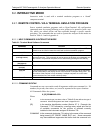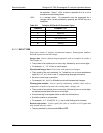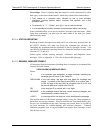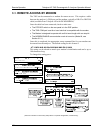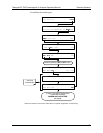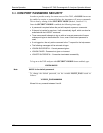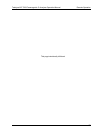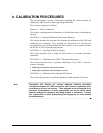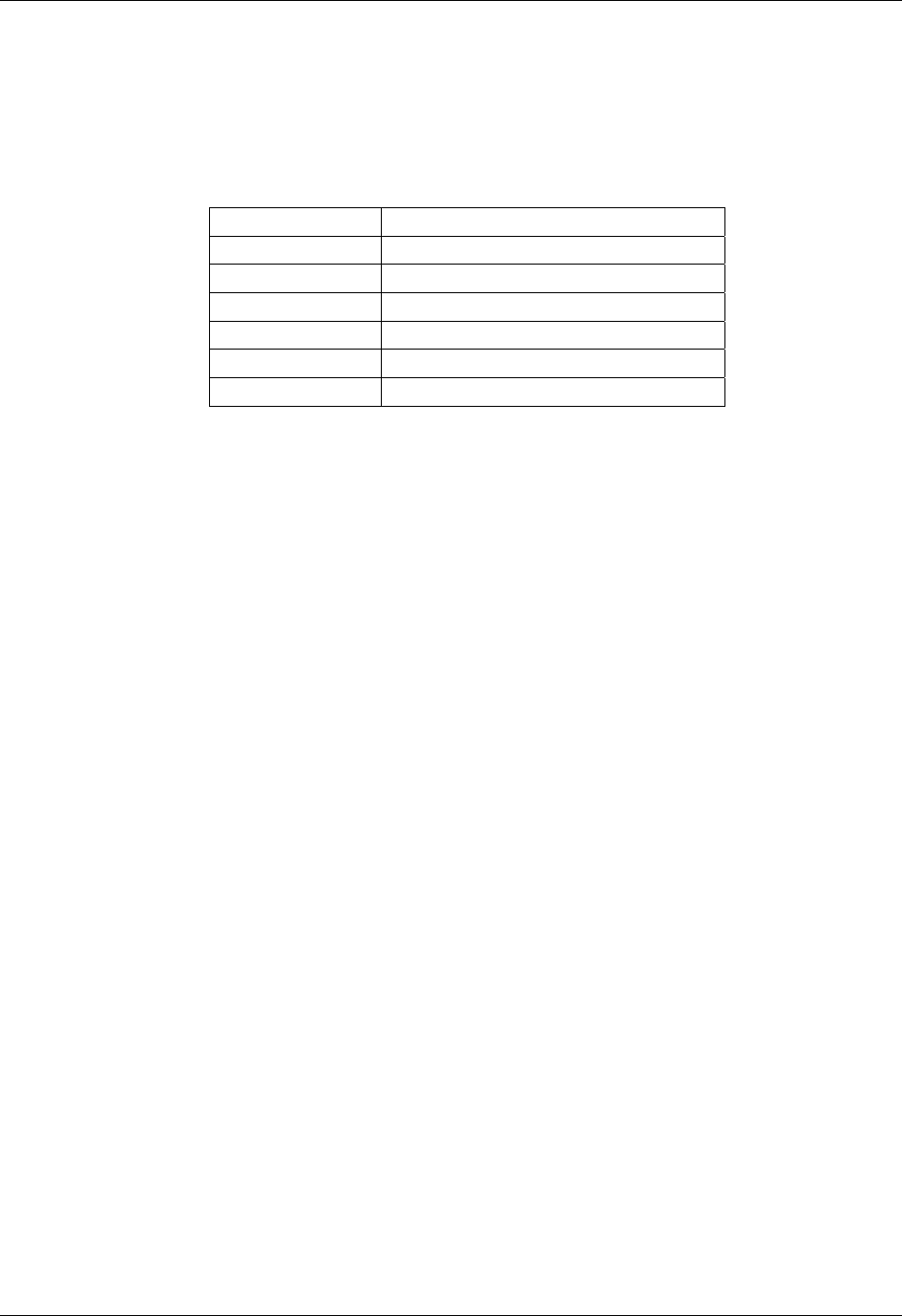
Remote Operation Teledyne API T802 Paramagnetic O
2
Analyzer Operation Manual
162 07275A (DCN6005)
be executed. Press ? <CR> or refer to Appendix A-6 for a list of
available command designators
<CR> is a carriage return. All commands must be terminated by a
carriage return (usually achieved by pressing the ENTER key on a
computer).
Table 8-2: Teledyne API Serial I/O Command Types
COMMAND COMMAND TYPE
C
Calibration
D
Diagnostic
L
Logon
T
Test measurement
V
Variable
W
Warning
8.2.1.3. DATA TYPES
Data types consist of integers, hexadecimal integers, floating-point numbers,
Boolean expressions and text strings.
Integer data: Used to indicate integral quantities such as a number of records, a
filter length, etc.
They consist of an optional plus or minus sign, followed by one or more digits.
For example, +1, -12, 123 are all valid integers.
Hexadecimal integer data: Used for the same purposes as integers.
They consist of the two characters “0x,” followed by one or more hexadecimal
digits (0-9, A-F, a-f), which is the ‘C’ programming language convention.
No plus or minus sign is permitted.
For example, 0x1, 0x12, 0x1234abcd are all valid hexadecimal integers.
Floating-point number: Used to specify continuously variable values such as
temperature set points, time intervals, warning limits, voltages, etc.
They consist of an optional plus or minus sign, followed by zero or more digits,
an optional decimal point and zero or more digits.
At least one digit must appear before or after the decimal point.
Scientific notation is not permitted.
For example, +1.0, 1234.5678, -0.1, 1 are all valid floating-point numbers.
Boolean expressions: Used to specify the value of variables or I/O signals that
may assume only two values.
They are denoted by the keywords ON and OFF.
07275B DCN6418



